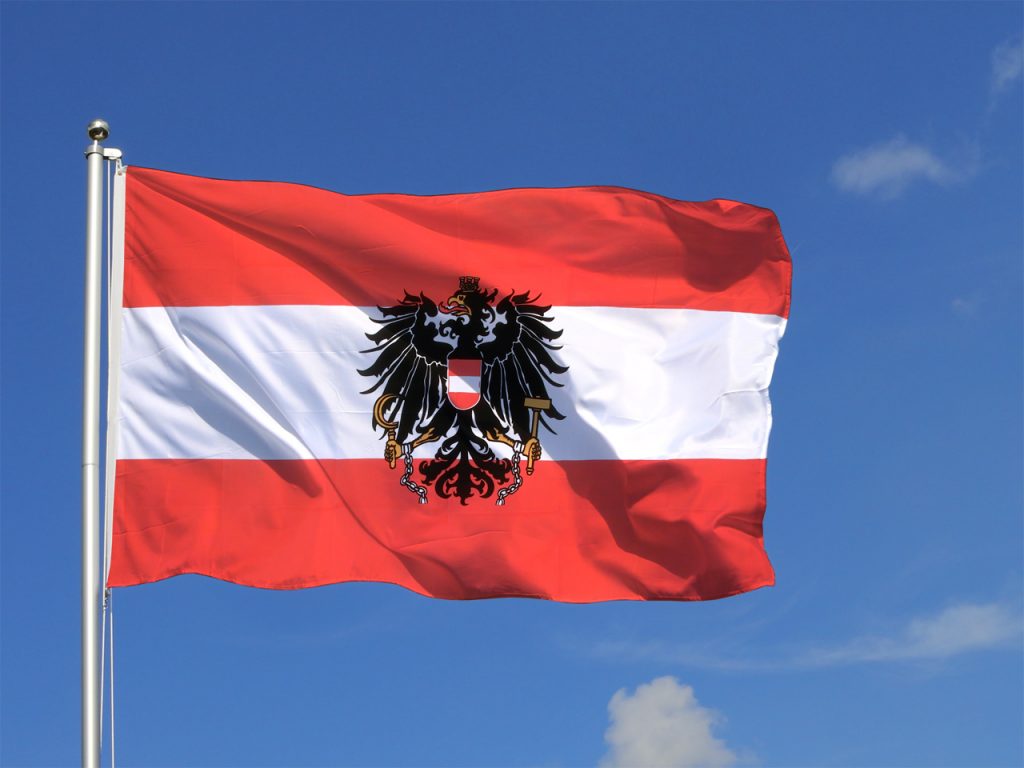Potatoes are not native to Austria, but they were introduced to the country in the late 18th century, and their cultivation quickly spread. The first record of potato cultivation in Austria dates back to 1765, when the plant was grown in the gardens of Schönbrunn Palace in Vienna. However, it took some time for the crop to gain popularity, and it was initially regarded with suspicion due to its association with leprosy and the fact that it was not mentioned in the Bible.
Despite these initial reservations, potato cultivation gradually gained acceptance in Austria, and by the end of the 18th century, it had become an important crop in many parts of the country. One reason for the popularity of potatoes was their ability to produce a high yield in relatively poor soil conditions. This made them an ideal crop for small-scale farmers who had limited access to fertile land.
Potatoes also played an important role in the Austrian economy. The country was at the center of the Habsburg Empire, which was a major European power in the 18th and 19th centuries. The Habsburgs recognized the potential of potatoes to help feed their growing population, and they actively promoted the cultivation of the crop. The government offered incentives to farmers who grew potatoes, and it encouraged the development of new varieties that were better suited to Austrian growing conditions.
Today, Austria is one of the leading potato-producing countries in Europe, with the crop grown in many parts of the country. Potatoes are used in a wide variety of dishes, from traditional Austrian dishes like kartoffelsalat (potato salad) and kartoffelpuffer (potato pancakes) to more modern dishes like french fries and potato chips.

